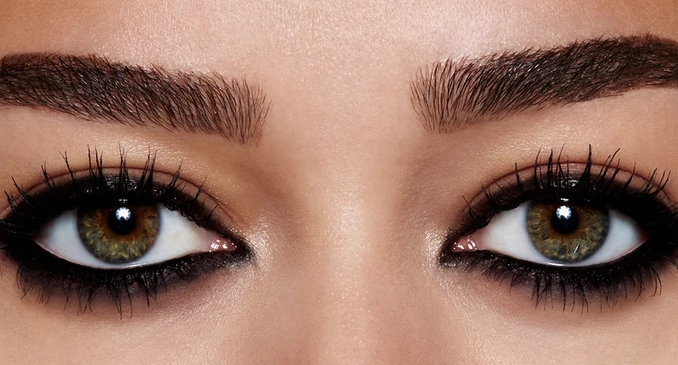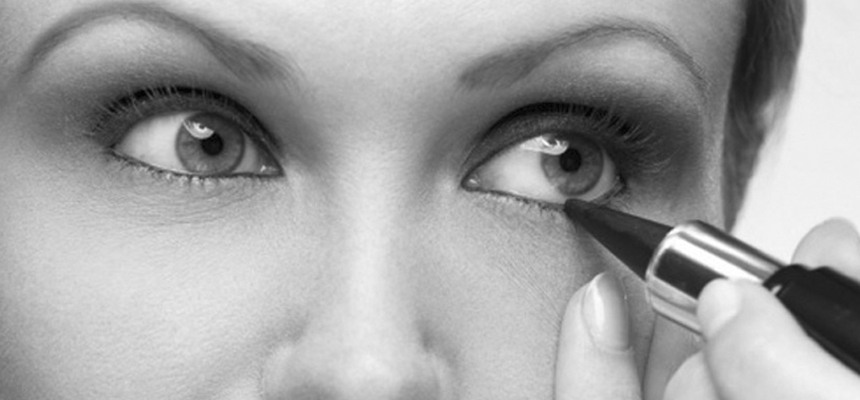
Kajal, revered for centuries in various cultures, is more than just a cosmetic. Its allure lies not only in its aesthetic enhancement but also in its perceived medicinal and protective properties. However, like any substance, prolonged and excessive use of kajal can lead to unforeseen consequences. In this exploration, we delve into eight side effects that may arise from wearing kajal all day.
Eye Irritation and Allergies
The delicate tissues surrounding the eyes are susceptible to irritation when exposed to foreign substances for extended periods. Kajal, typically containing lead, carbon black, or other pigments, can trigger allergic reactions in some individuals. Symptoms may include redness, itching, swelling, and even watery eyes. Continuous irritation may lead to chronic conditions if left untreated.
Dry Eyes
Constant application of kajal can disrupt the natural moisture balance of the eyes. The ingredients in kajal formulations may absorb the eye’s natural oils, leading to dryness and discomfort. Prolonged dryness can exacerbate existing eye conditions and potentially cause corneal damage over time.
Infections
The act of applying kajal involves direct contact with the eyes, making them susceptible to bacterial contamination. Bacteria from unclean applicators or contaminated kajal can lead to eye infections such as conjunctivitis (pink eye) or styes. Moreover, sharing kajal with others increases the risk of transmitting infections.

Corneal Abrasion
The abrasive nature of some kajal formulations, coupled with improper application techniques, can result in corneal abrasions. Tiny scratches on the cornea not only cause discomfort but also increase the risk of infection. Rubbing the eyes, common among individuals experiencing irritation, can further exacerbate corneal abrasions.
Toxicity from Lead
Traditional kajal often contains lead-based compounds, which pose a significant health risk when absorbed by the body. Chronic exposure to lead can lead to lead poisoning, affecting various bodily systems, including the nervous system and kidneys. Infants and children are particularly vulnerable to lead toxicity, as even small amounts can impair cognitive development.
Disruption of Tear Film
The tear film, comprising layers of water, oil, and mucus, plays a crucial role in maintaining ocular health and clarity of vision. Prolonged kajal usage may disrupt this delicate balance, leading to an unstable tear film. As a result, individuals may experience blurred vision, sensitivity to light, and increased susceptibility to eye infections.

Pigmentation Changes
Continuous application of kajal along the waterline can alter the pigmentation of the skin surrounding the eyes. Hyperpigmentation, commonly known as raccoon eyes, occurs when melanin production increases in response to chronic irritation or inflammation. Conversely, hypopigmentation may occur due to the abrasive action of kajal, resulting in lighter patches of skin.
Dependency and Psychological Effects
Beyond its physical implications, habitual kajal usage can foster psychological dependencies and cultural pressures. Individuals may feel compelled to wear kajal daily to conform to societal beauty standards or as a means of self-expression. The reliance on kajal for confidence or identity may lead to feelings of inadequacy when not wearing it, perpetuating a cycle of dependency.
Conclusion
While kajal holds cultural significance and aesthetic appeal, its prolonged use can have adverse effects on ocular health and overall well-being. Awareness of these potential side effects is crucial for individuals who incorporate kajal into their daily beauty routines. Practicing proper hygiene, opting for lead-free formulations, and limiting kajal usage can help mitigate these risks while preserving the allure of this ancient cosmetic tradition.
